cover photo by Carloalbertoconti
 The information about this location have been automatically translated with Microsoft Translator. The information about this location have been automatically translated with Microsoft Translator. Rank : 9.5 (average on 29 votes)Coordinates : 37.623324,-112.167428 ( Open in Google Maps) Subjects : The Bryce Canyon National Park is a paradise for photographers! The incredible and vast landscapes, together with the diverse fauna and abundant flora, makes an ideal location for any type of photos, including macro! Fauna: The Bryce Canyon has a vertical drop of 650 meters, this means that there are three distinct climatic zones: the forest of fir, Ponderosa pine forest and the forest of pine and juniper trees. These diverse habitats mean that there is a high biodiversity, so you can see more than 100 species of birds and dozens of species of mammals. In Bryce canyon there are 59 species of mammals, some of which are easily visible. The golden ground squirrel is one of two species of squirrels in the park along with the rock squirrel, is very common, particularly in the areas of picninc and sights as used to getting food from humans and is easily visible in the summer while in winter it hibernates. Birds have been sighted in the park 175 different species of birds, some just passing through other sedentary. The California condor is the largest bird of prey in North America, but it is not the largest ever, is very rare, in 1982 there were only 22 specimens of this bird in the wild, thanks to a program of preservation of the species in 1995 their number has risen to 103, currently playing this species occurs almost exclusively in captivity. Reptiles and Amphibians: Being a cold and high altitude park, Bryce Canyon is not the ideal habitat for reptiles and amphibians, nevertheless 11 species of reptiles and four species of amphibians are present in it. Astrophotography: The clear air and clear visibility increases, the park also benefits from its location at high altitude and distance from population centers. All this means that the nights are very dark and it is thus possible to see about 7,500 stars on moonless nights, while during the day the eye can range to over 300 km. Each year, the Salt Lake Astronomical Society [4] organizes a festival to celebrate the astronomical night. In the days of full moon hikes are organized with a length of 3.2 km and a duration of 2-3 hours in order to see the effect of the spectral shadows of hoodoos at the rising of the full moon. The guided by a ranger is free, registration is required and you can not book.Recommended equipment : From 8 mm to 800 mm, according to the type of photography you want to accomplish. Tripod for sunrises and sunsets. Filters based on the type of photography you are looking for, very recommended the GND for landscapes. Advice, if you want to capture the sunrise or sunset, to adopt appropriate clothing, including gloves light! In mid-June, at 6 am, the temperature was close to 0 ° C with clear skies.Best months : The period from April to September offers the best conditions. The area is about 2,400 above sea level, so it is advisable to check the weather for the presence of snow. For lovers of photography winter can find wonderful landscape conditions. Many of the pictures on the premises carried out in the presence of snow and ice.How to get there : From U.S. 89 proceed to the UT-12 and UT-63 then. The place certainly more convenient to organize excursions which is Ruby's on the UT-63 (available hotels, lodges, market, distributors, camping, etc.). Map of the park: JPG: http://upload.wikimedia.org/wikipedia/commons/2/2d/Map_Bryce_Canyon_National_Park.jpgVisits : The park is open all year round, 24 hours a day. The information center is open from 8 to 20 May to September, from 8 to 18 October, from 8 to 16:30 from November to March and from 8 to 18 April. The only closing days are Christmas and Thanksgiving. In winter some roads may be temporarily closed due to snow storms. Entrance to the park is free of charge ($ 20 per car regardless of the number of passengers), there are three campsites and a hotel inside, you can also free camping in remote areas by purchasing a special permit from the rangers. You can move around the park using the shuttle bus that connects all major points of interest, the service is free, but not required, this service is available from May to September.Notes : The National Park Bryce Canyon is a small national park located in southwestern United States in the state of Utah. The protected area includes the famous Bryce Canyon which, despite its name, is not actually a canyon but a giant amphitheater originated from the erosion of the eastern plateau Paunsaugunt (English: Paunsaugunt Plateau). Bryce Canyon is famous for its characteristic spiers, the hoodoos, produced by the erosion of sedimentary rocks, river and lake erosion caused by the action of water, wind and ice. The rocks have an intense color ranging from red to orange to white. Bryce has an area of ??145 square kilometers and an altitude between 2400 m, 2700 m. The first settlers of the canyon were the Mormons who settled in 1850, and was so named because of Ebenezer Bryce, who settled in this area in 1875. The area was proclaimed a national monument in 1924 and established as a National Park Bryce Canyon in 1928. | | Nearby:  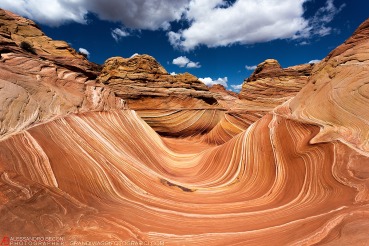 Coyote Buttes North 74 km
 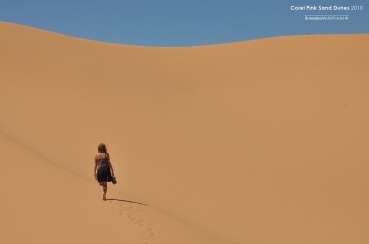 Coral Pink Sand Dunes State Park 81 km
 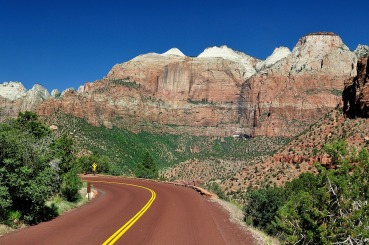 Zion National Park 84 km
 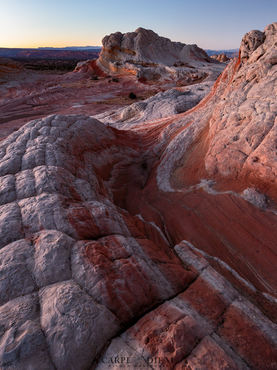 Vermillion Cliffs National Monument 94 km
 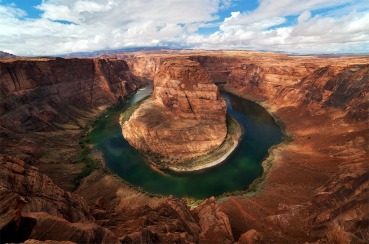 Horseshoe Bend 101 km
  Page (AZ) 101 km
|

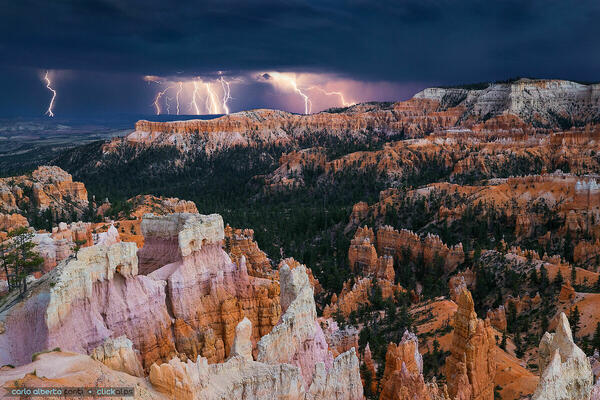
![[retina]](shared_files/layout/retina_badge.jpg)
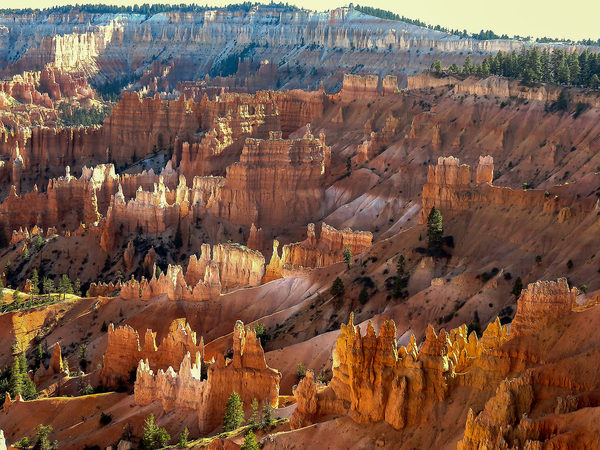
![[retina]](shared_files/layout/retina_badge.jpg)


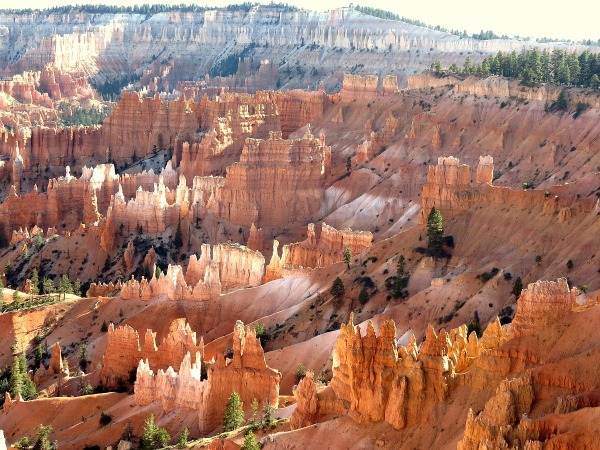

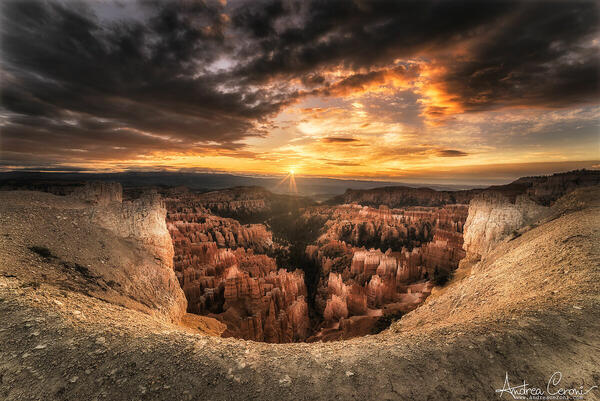

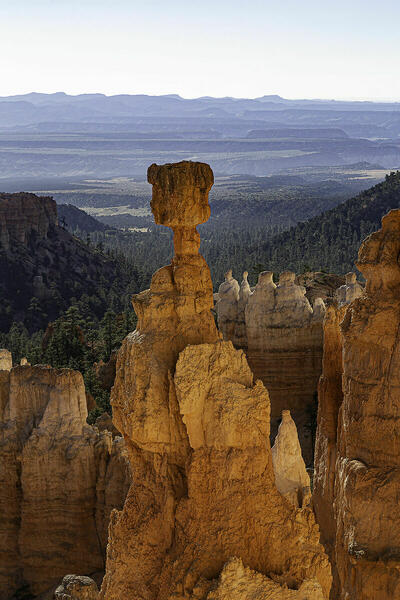
![[retina]](shared_files/layout/retina_badge.jpg)
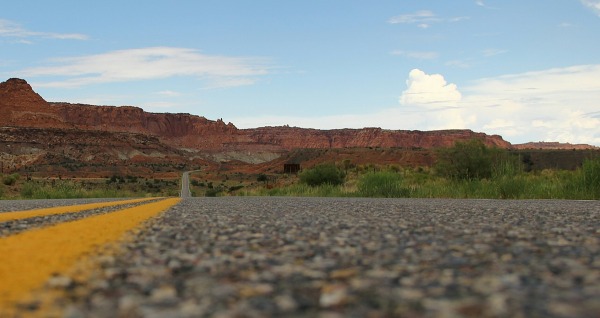
![[retina]](shared_files/layout/retina_badge.jpg)

![[retina]](shared_files/layout/retina_badge.jpg)
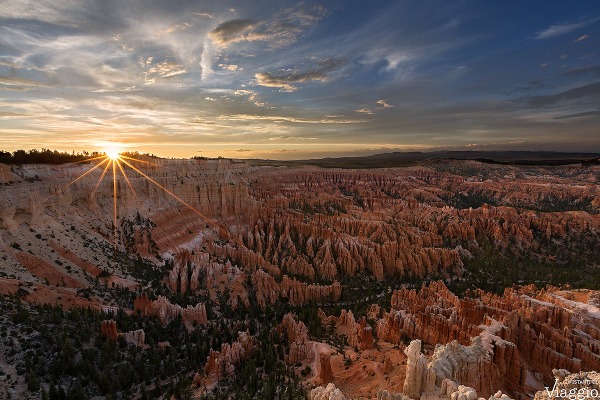
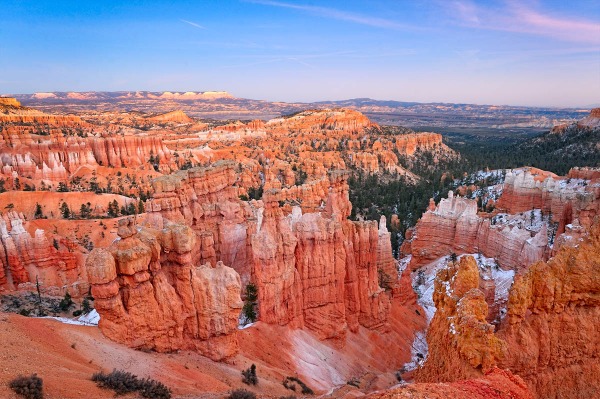
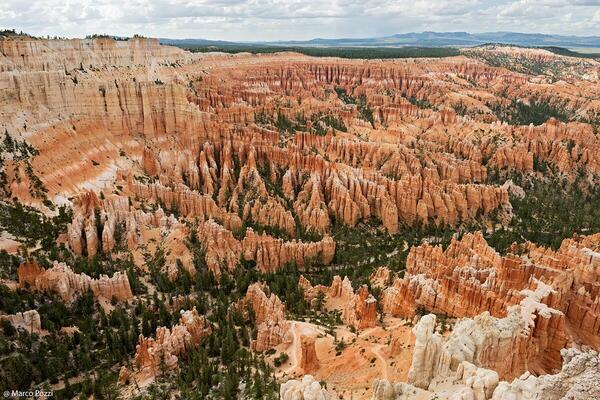
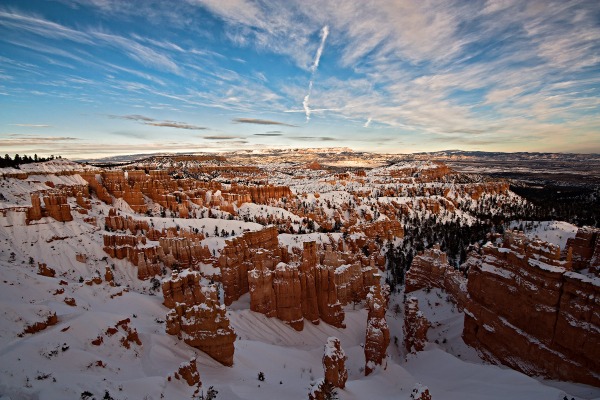
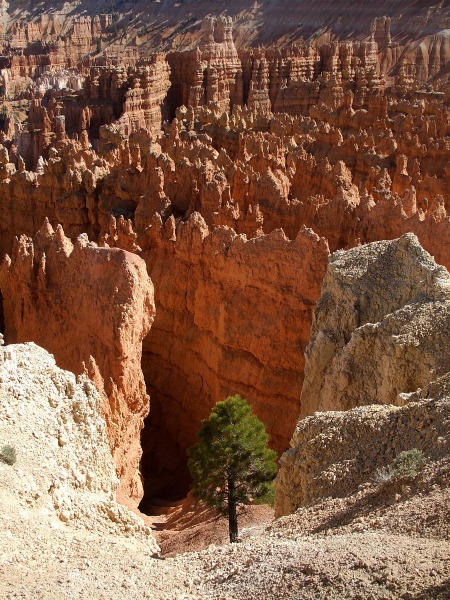

![[retina]](shared_files/layout/retina_badge.jpg)
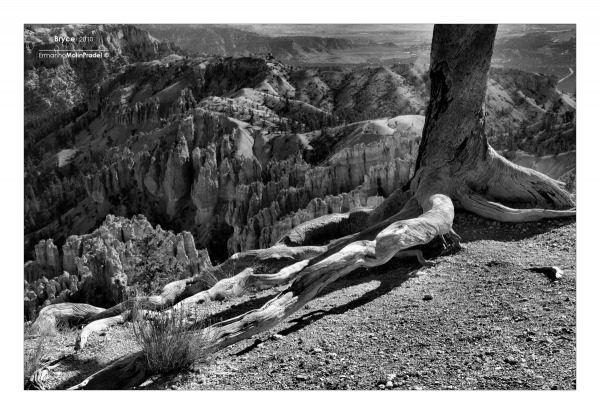


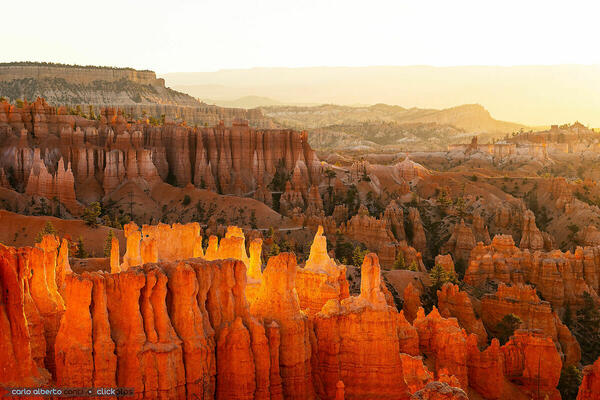
![[retina]](shared_files/layout/retina_badge.jpg)
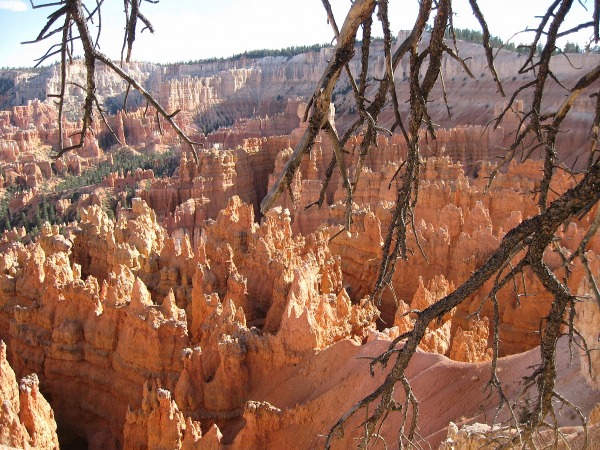
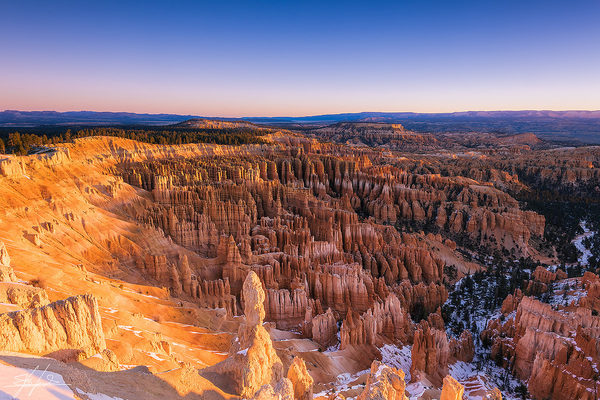
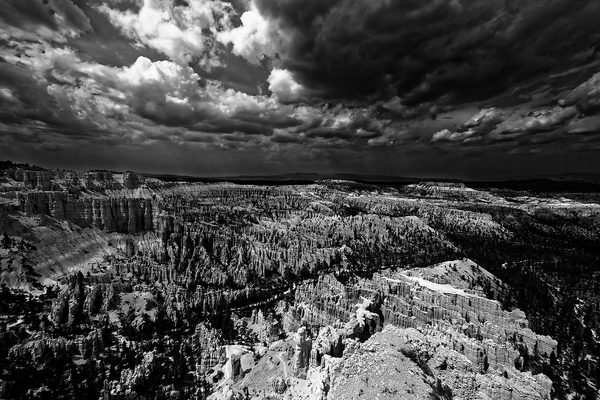
![[retina]](shared_files/layout/retina_badge.jpg)
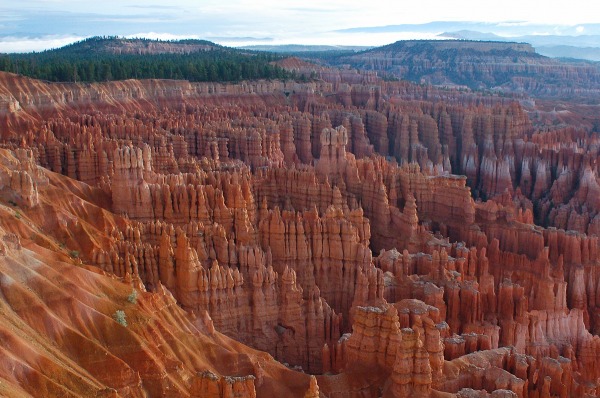
![[retina]](shared_files/layout/retina_badge.jpg)
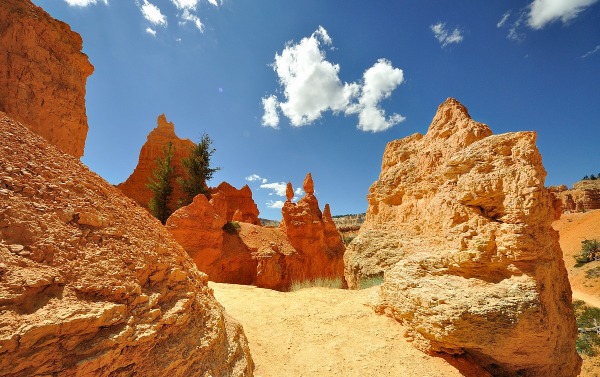
![[retina]](shared_files/layout/retina_badge.jpg)

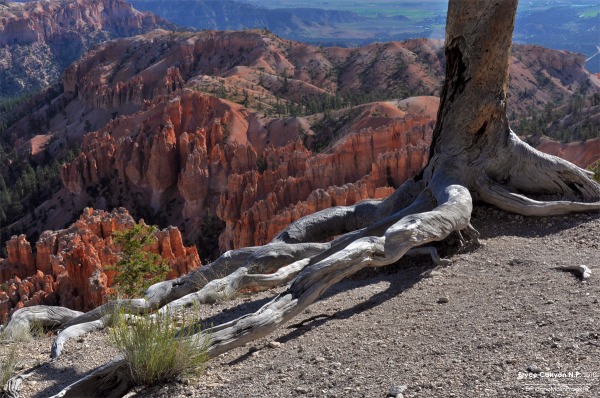

![[retina]](shared_files/layout/retina_badge.jpg)

![[retina]](shared_files/layout/retina_badge.jpg)

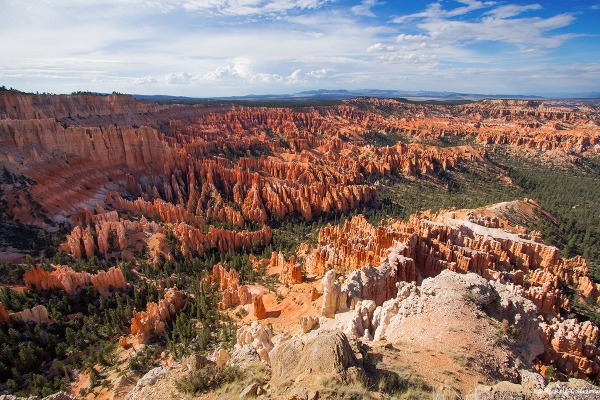
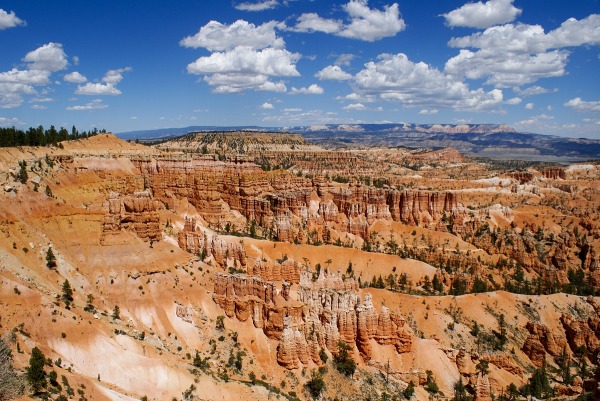

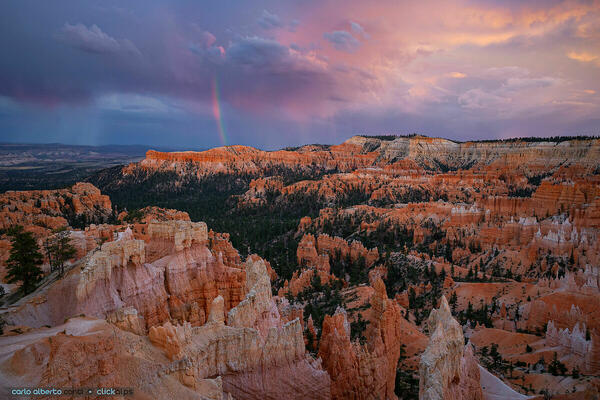
![[retina]](shared_files/layout/retina_badge.jpg)
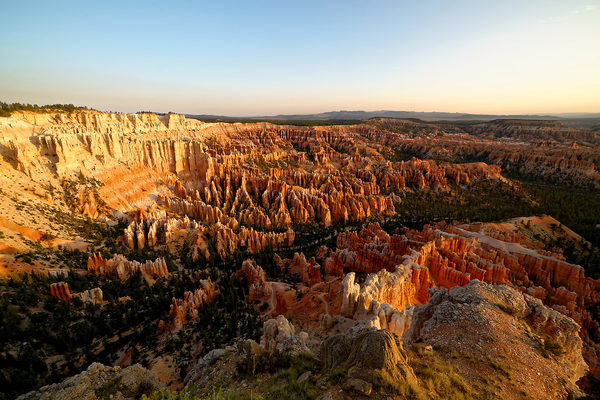
![[retina]](shared_files/layout/retina_badge.jpg)
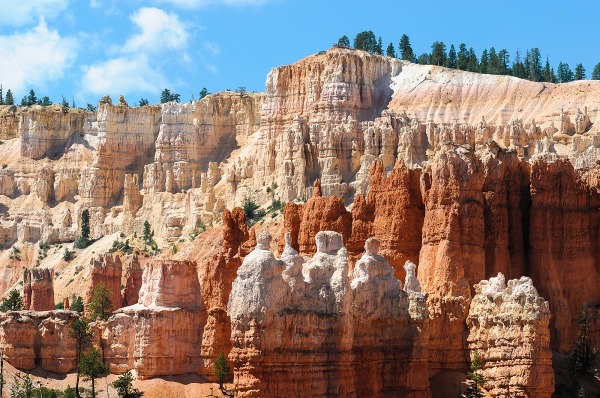
 JuzaPhoto contains affiliate links from Amazon and Ebay and JuzaPhoto earn a commission in case of purchase through affiliate links.
JuzaPhoto contains affiliate links from Amazon and Ebay and JuzaPhoto earn a commission in case of purchase through affiliate links.